| Structure | Name/CAS No. | Articles |
|---|---|---|
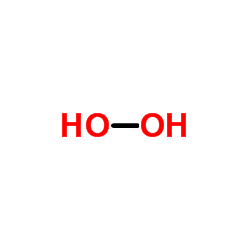 |
Hydrogen peroxide
CAS:7722-84-1 |
|
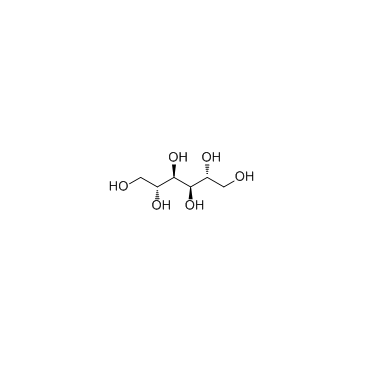 |
D-Mannitol
CAS:69-65-8 |
|
 |
Quercitrin
CAS:522-12-3 |
|
 |
o-Phenylenediamine
CAS:95-54-5 |
|
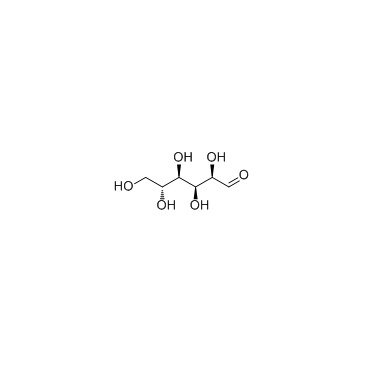 |
D-(+)-Glucose
CAS:50-99-7 |
|
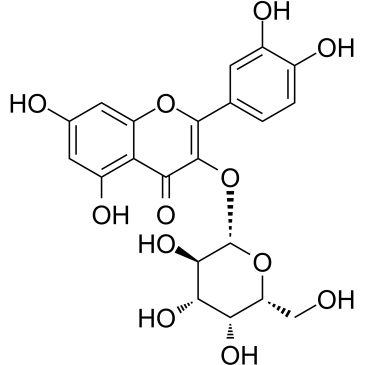 |
Hyperoside
CAS:482-36-0 |
|
 |
HEPES
CAS:7365-45-9 |
|
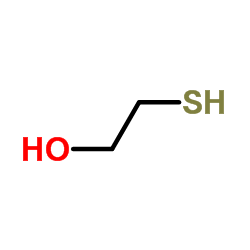 |
mercaptoethanol
CAS:60-24-2 |
|
 |
Quercetin dihydrate
CAS:6151-25-3 |
|
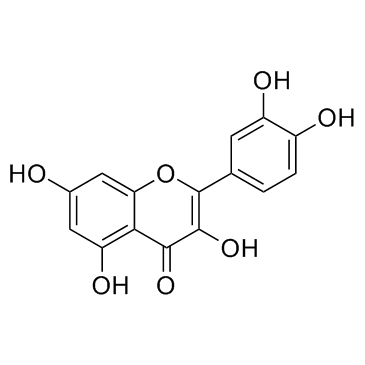 |
Quercetin
CAS:117-39-5 |